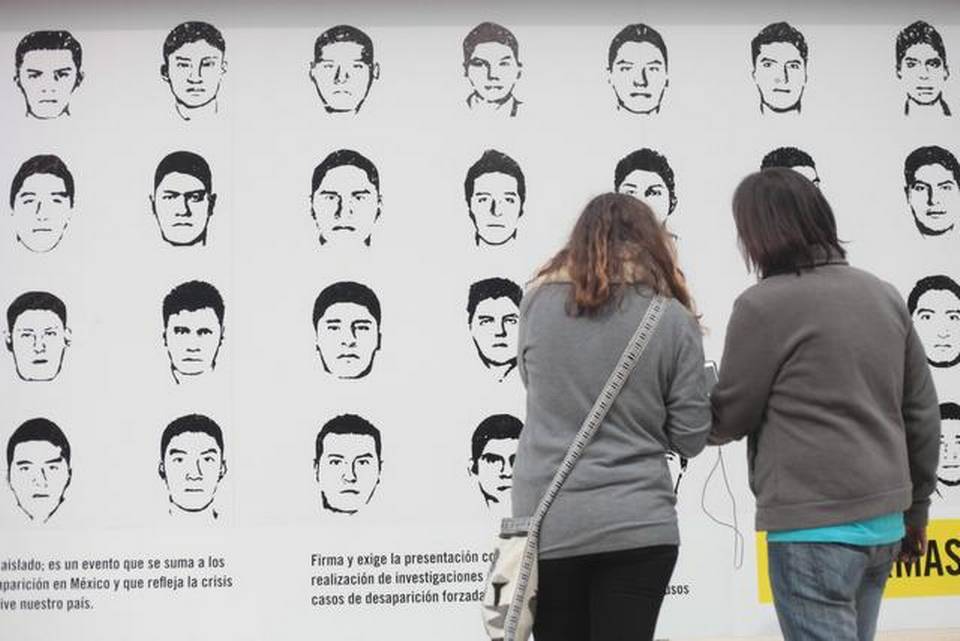By Kyra Gurney
InSight Crime
Researchers in Mexico have theorized that the bodies of the students who disappeared in Iguala may have been burned at an army crematorium, casting further doubts on the official version of an attack that has sparked protests around the country.
At a press conference in December, university researcher Jorge Antonio Montemayor Aldrete stated that the official version of the attacks — which postulates that the students’ bodies were burned in a bonfire at a trash dump — is “not supported by physical, chemical, or biological facts” and that the evidence in the case indicates that the bodies were burned “at a high temperature in a modern crematorium.” Montemayor also argued that a bonfire capable of burning 43 bodies would have required 33 tons of wood and would not have fit in the trash dump, reported EFE.
Following a journalistic investigation that implicated federal police and military personnel in the disappearance of the students, Montemayor and another university researcher hypothesized that the bodies were likely burned in an army crematorium. They have requested information on military crematoriums — including crematorium logs and gas receipts — to corroborate their theory, reported La Jornada.
Meanwhile, ten more municipal police have been arrested in connection to the case, bringing the total number of arrests up to around 90. Although Mexico’s Attorney General has identified the mayor of Iguala and his wife as the intellectual authors of the crime, neither has yet been charged with the students’ disappearances. The mayor’s wife, Maria de los Angeles Pineda, was transferred to a federal prison on January 5 after being formally charged with drug trafficking and money laundering, reported the Associated Press.
InSight Crime Analysis
The theory postulated by Montemayor and Ugalde is among a growing body of information that undermines the official version of the attacks. In mid-December, a journalistic investigation based on videos, official documents, and witness testimonies indicated that federal police participated in the attacks with either the complicity or collaboration of the army. The investigation also unearthed evidence that the witness testimony holding up the official version of events may have been obtained using torture.
The newest theory could also explain why only the remains of one student have been identified so far. If the students’ bodies really were burned in a trash dump — as Montemayor has pointed out — there would likely be more forensic evidence at or near the site.
This would not be the first time criminals have used crematoriums to dispose of their victims in Latin America. A faction of the paramilitary group United Self-Defense Forces of Colombia, known as the Catatumbo Bloc, built and used crematoriums to destroy evidence of homicides in the early 2000s.
Featured Photo: SÁSHENKA GUTIÉRREZ EFE



